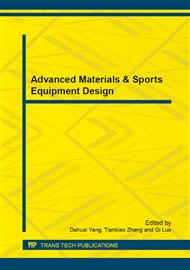p.121
p.127
p.131
p.135
p.140
p.147
p.153
p.158
p.165
The Effect of Heart Rate Variability on Exercise Training Post-Cardiac Surgery
Abstract:
Purpose: the purpose of this study was to investigate heart rate variability on exercise training post-cardiac surgery. Method: the data collection was from the Chia-yi Christian Hospital Cardiac Surgery implementation of beating heart coronary artery bypass surgery and valve replacement patients. There were a total of 10 patients included in this study. Cardiac patients after discharge from hospital were the participation of exercise training groups (n=5), and no receiving cardiopulmonary physical therapy of patients was the home-based group (n=5). Statistics: Data analysis was conducted using the SPSS statistical software for Windows 20.0. Analysis of covariance (ANCOVA) was used as the statistical method at a significance level (α) of .05. Through statistical analysis and comparison, the results were obtained as below: In HRV time domain portion, SDNN, CV%, results were significant difference. In frequency domain portion, indices such as LF and VHF, results were significant difference. Conclusion: According to the experimental results, the heart rate variability on exercise training better than patients did not participate in sports training after cardiac surgery patient.
Info:
Periodical:
Pages:
140-144
Citation:
Online since:
October 2013
Authors:
Keywords:
Price:
Сopyright:
© 2014 Trans Tech Publications Ltd. All Rights Reserved
Share:
Citation:


